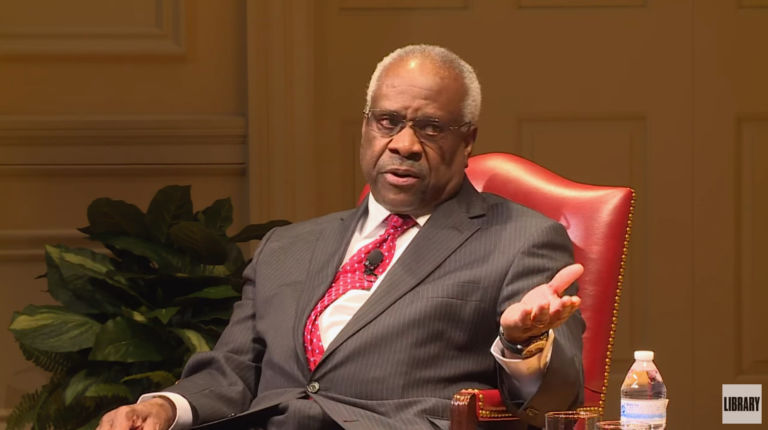Jenna Robinson and Duke Cheston recently wrote a paper for the Pope Center on the cost and effects of Pell Grants. A Wall Street Journal editorial favorably noted their work, and that editorial drew several hostile letters.
Today’s WSJ contains the letter Jenna and Duke wrote in response:
Pell Grant Program Needs More Focus
Three letters published June 25 attempt to defend the current federal Pell Grant program. The writers focus on the parts of the Pell program that work, ignoring the serious problems that exist.
Exploding costs, loose eligibility standards, lax oversight and poor results should not be ignored simply because the program has a worthy goal.
While it’s true that 80% of Pell Grants go to students whose families are in the bottom income quartile, the other 20% of grants go to students—roughly two million students—whose families make more than $40,000 or even $60,000 dollars a year. Given that the median household income in the U.S. is roughly $50,000, a cash-strapped federal government can’t afford to define “needy” so generously. Pell Grants should be limited to those in the bottom income quartile.
Students’ success rates are also unacceptably low. Only about half of all Pell Grant recipients graduate within six years of starting college. The high noncompletion rate saddles many students with large amounts of debt since many Pell recipients also take out student loans. Moreover, the Pell program has barely affected overall educational achievement of low-income students; only 8% of low-income youths have earned a bachelor’s degree by age 24. The Pell program should aim higher.
By focusing on students who are most likely to benefit from aid—those with very low income and high academic potential—the Pell Grant program could fulfill its goals at only a fraction of the current cost.
Jenna Ashley Robinson
Duke Cheston
John W. Pope Center for Higher Education Policy
Raleigh, N.C.


